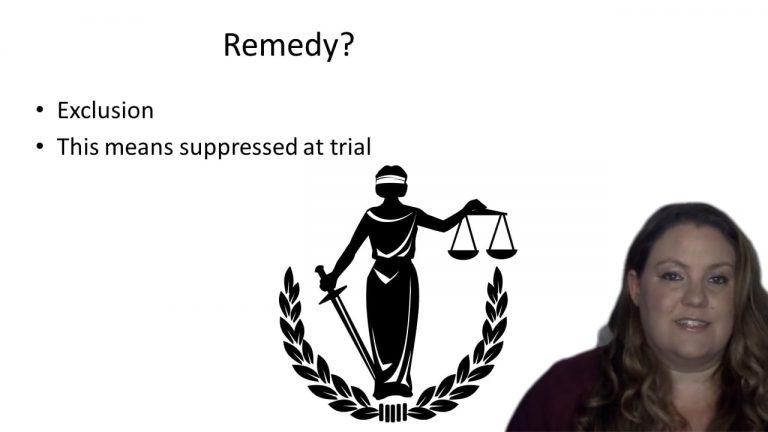SmartBrief
Confirm favorite deletion?
Criminal Procedure Keyed to Miller
Uriel Harris v. State
Citation:
806 A.2d 119 (Del. 2002)Facts
A police detective was at a Wilmington train station to monitor incoming trains for drug couriers, although he did not receive any tips that day. Harris (defendant) boarded a train from Philadelphia to Wilmington to meet his friend Green. After disembarking the train, the detective noticed Harris was carrying a backpack and looked over his shoulder three times. Because he “fit the profile” of a drug courier, the detective and his partner decided to follow Harris to conduct a drug interdiction. They pursued the vehicle in which Harris and Green were riding and conducted a stop. When the officers approached the car, they asked if the backpack Harris was wearing belonged to him. Harris, Green, and the woman driver all denied ownership of the bag, which was found to contain crack cocaine. Harris was charged with possession of cocaine with intent to deliver and trafficking more than 100 grams of cocaine. He moved to suppress the drugs found in the bag, and the trial court denied the motion.
Only StudyBuddy Pro offers the complete Case Brief Anatomy*
Access the most important case brief elements for optimal case understanding.
*Case Brief Anatomy includes: Brief Prologue, Complete Case Brief, Brief Epilogue
- The Brief Prologue provides necessary case brief introductory information and includes:
Topic:
Identifies the topic of law and where this case fits within your course outline.Parties:
Identifies the cast of characters involved in the case.Procedural Posture & History:
Shares the case history with how lower courts have ruled on the matter.Case Key Terms, Acts, Doctrines, etc.:
A case specific Legal Term Dictionary.Case Doctrines, Acts, Statutes, Amendments and Treatises:
Identifies and Defines Legal Authority used in this case.
- The Case Brief is the complete case summarized and authored in the traditional Law School I.R.A.C. format. The Pro case brief includes:
Brief Facts:
A Synopsis of the Facts of the case.Rule of Law:
Identifies the Legal Principle the Court used in deciding the case.Facts:
What are the factual circumstances that gave rise to the civil or criminal case? What is the relationship of the Parties that are involved in the case.Issue(s):
Lists the Questions of Law that are raised by the Facts of the case.Holding:
Shares the Court's answer to the legal questions raised in the issue.Concurring / Dissenting Opinions:
Includes valuable concurring or dissenting opinions and their key points.Reasoning and Analysis:
Identifies the chain of argument(s) which led the judges to rule as they did.
- The Brief Prologue closes the case brief with important forward-looking discussion and includes:
Policy:
Identifies the Policy if any that has been established by the case.Court Direction:
Shares where the Court went from here for this case.

 15m 53s
15m 53s